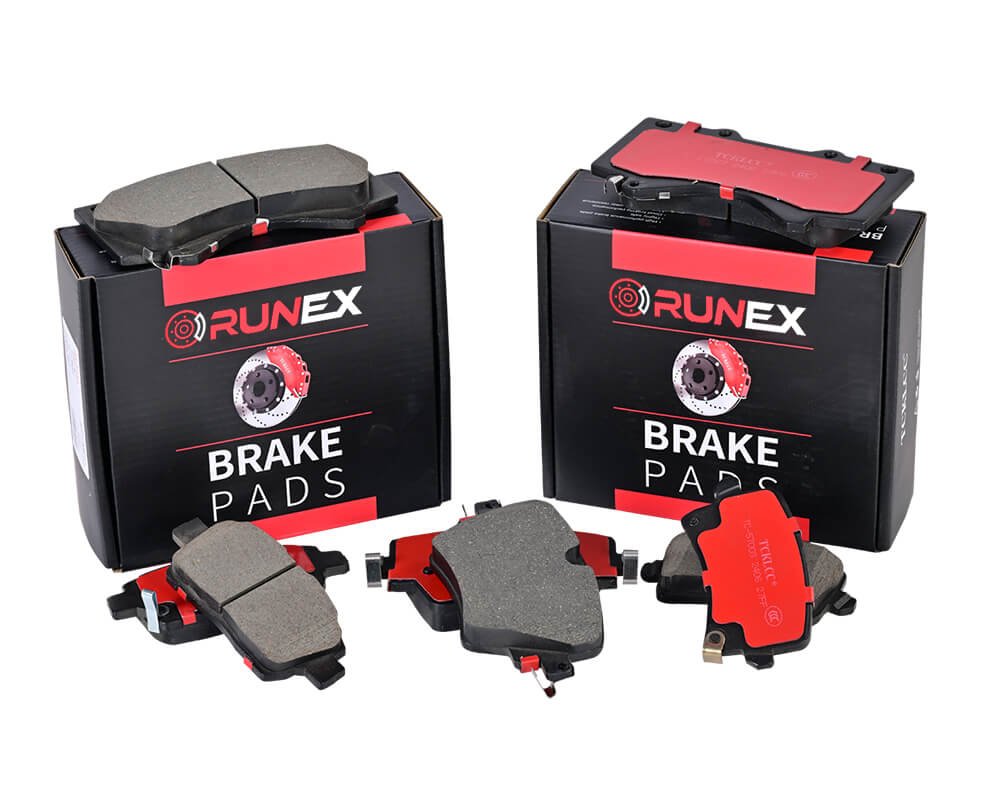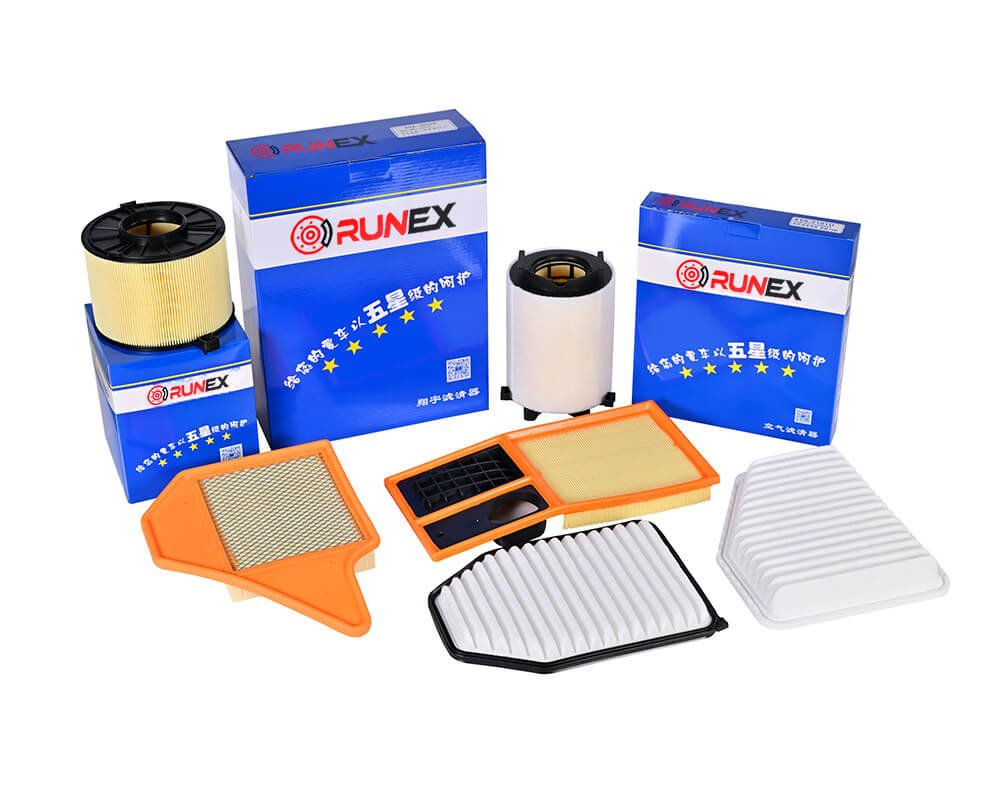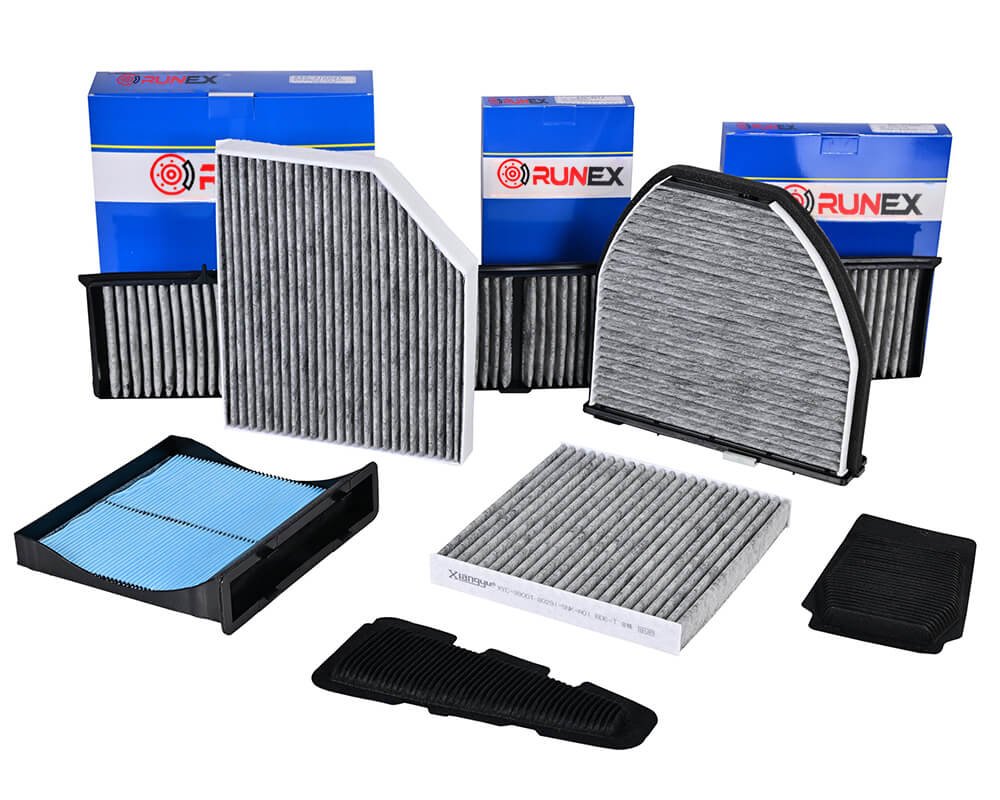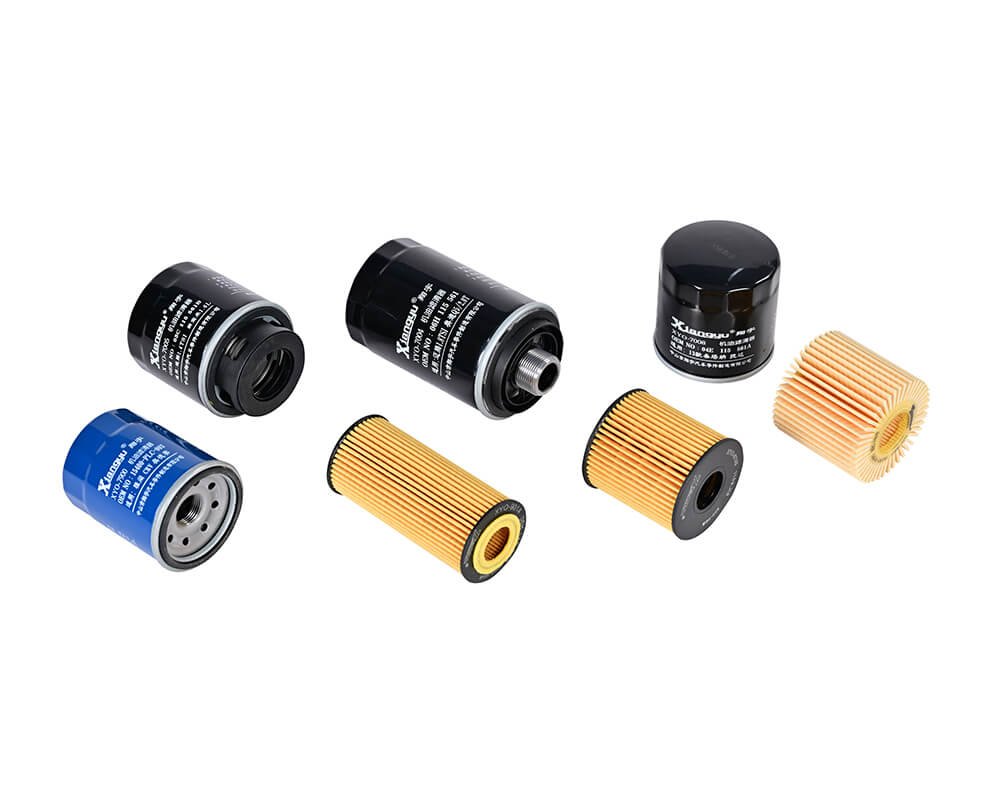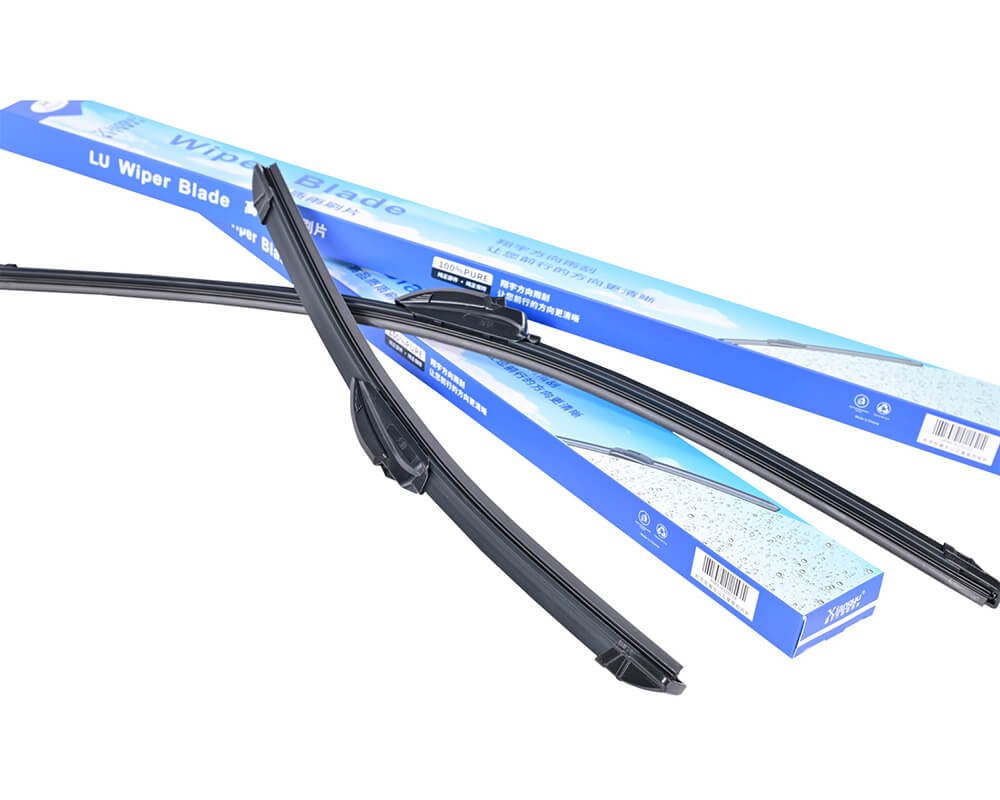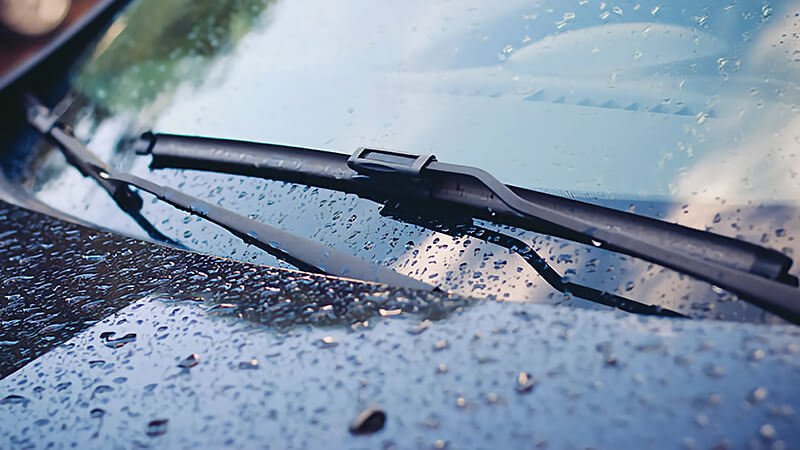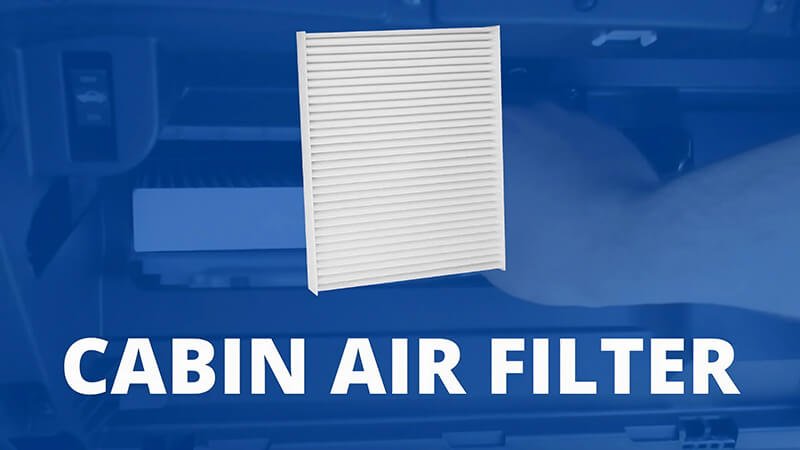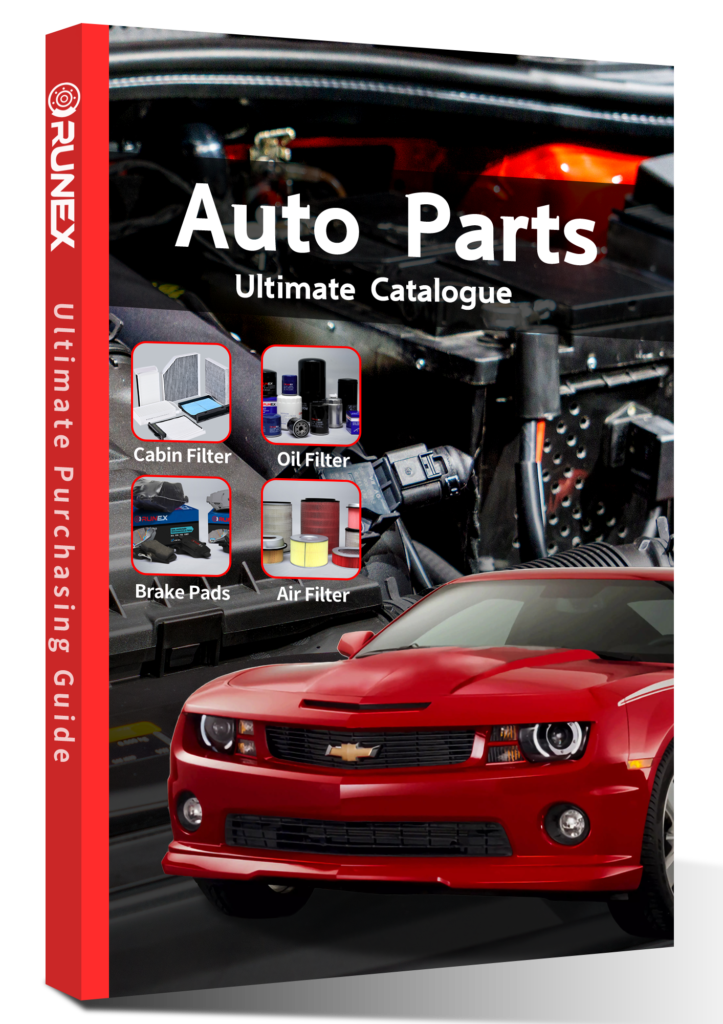Windshield wipers play a crucial role in ensuring clear visibility while driving, especially in bad weather. But are the left and right windshield wipers the same? The answer is not as straightforward as you might think. Let’s dive into the details.
No, left and right windshield wipers are typically not the same. The driver's side wiper is often longer to clear a larger area, while the passenger side is shorter to avoid obstruction. This design ensures optimal visibility for the driver. Here’s why these differences matter.
Understanding why the driver’s side wiper is different from the passenger’s side is just the start. Let’s explore further why wipers vary, how they affect visibility, and what role the oil filter plays in the overall vehicle performance, especially when it comes to driving in different conditions.

Are Left and Right Wiper Blades the Same?
If you’re unsure whether the left and right wiper blades are the same, you're not alone. Many car owners believe they can use identical wipers on both sides. However, this isn't the case. Let’s break down why manufacturers design different wipers for each side of the vehicle.
No, left and right wiper blades are not the same. The driver’s side blade is usually longer to clear a larger surface area, while the passenger side blade is shorter for a more compact clearance. This ensures better visibility for the driver and avoids unnecessary overlap.
Windshield wipers vary from side to side due to the specific visibility needs of the driver and passenger. The design ensures that each wiper effectively clears the windshield without interfering with the other. Here are the main reasons why the left and right wipers are different:
-
Visibility Importance1: The driver's side wiper is longer to ensure a wider coverage area, which is crucial for the driver’s field of view. A larger area is swept by the driver’s side wiper, giving the driver a clearer vision of the road ahead, especially during rain, snow, or debris buildup.
-
Space and Obstruction Considerations2: The passenger side wiper is shorter to avoid interference with other parts of the car such as the windshield frame, mirrors, and the wiper motor. It’s designed to clear just the right amount of the passenger’s side of the windshield without affecting the driver's view.
-
Windshield Shape and Design3: The curvature and design of windshields in different vehicles often dictate the wiper length. In some cases, the passenger side may not need as long a wiper because the shape of the windshield itself provides a naturally unobstructed view.
| Wiper Side | Length | Function |
|---|---|---|
| Driver's Side | Longer | Clears a larger area for better visibility and safety. |
| Passenger's Side | Shorter | Cleans the passenger’s area without obstructing the view. |
The differences in design make it essential to use the correct size for each side to maximize wiper performance.
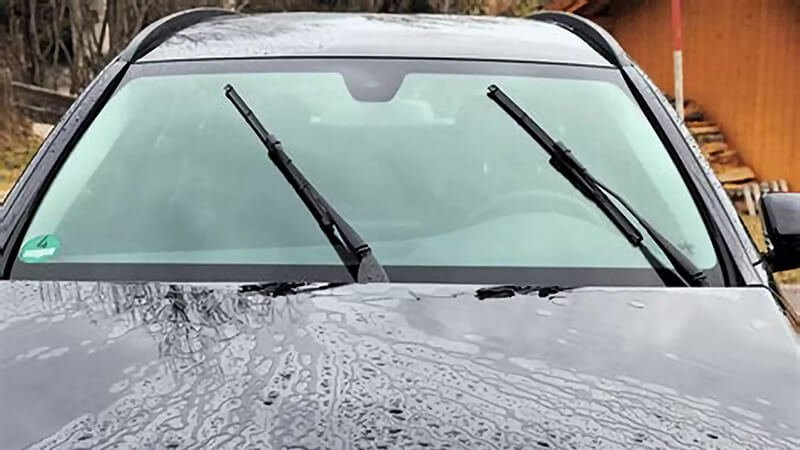
Do Windshield Wipers Work on Both Sides?
If you’re asking whether windshield wipers work effectively on both sides, you're touching on an important aspect of wiper performance. The answer depends on the design of the wiper and the vehicle itself.
Yes, windshield wipers work on both sides of the vehicle, but they do so with different efficiency levels. The driver's side wiper is longer, designed for better coverage, while the passenger side wiper is shorter. Both work to keep your windshield clear, but their performance differs due to their size and placement.
Windshield wipers are engineered to work on both sides, but their design and effectiveness can vary depending on the vehicle and its configuration. Here are the key factors that influence how wipers work on both sides:
-
Synchronization of Wipers4: Most modern vehicles have windshield wipers that work in a synchronized pattern. Both wipers are controlled by a single motor, which ensures they move in tandem. However, the size and shape of the wipers mean that each blade will cover a different area with varying effectiveness.
-
Role of the Driver’s Side Wiper5: The driver’s side wiper, being longer, is designed to cover a much larger portion of the windshield, offering improved visibility for the driver. This larger coverage area is especially important in adverse weather conditions, such as heavy rain or snow. A longer wiper ensures that the driver can see as much of the road as possible without obstructions.
-
Passenger Side Wiper Efficiency: The shorter passenger side wiper is designed to clear a smaller section of the windshield. It’s still highly effective at clearing water, snow, or debris, but its smaller size limits the area it covers. This design ensures that the passenger side wiper doesn’t interfere with the driver’s visibility or other elements of the windshield.
-
Weather and Driving Conditions6: Windshield wipers on both sides are essential for clearing debris and ensuring clear vision, but their performance can vary in different weather conditions. For instance, a vehicle operating in areas with heavy rainfall might need larger or more durable wipers. Some vehicles even offer heated wiper systems to deal with ice or snow, ensuring that the wipers work effectively on both sides.
| Wiper Side | Coverage Area | Efficiency Factor |
|---|---|---|
| Driver's Side | Larger area for driver’s visibility | High – Designed for optimal safety |
| Passenger's Side | Smaller area for passenger’s visibility | Moderate – Effective but limited coverage |
By understanding these factors, car owners can ensure that their wipers function optimally, improving overall safety.
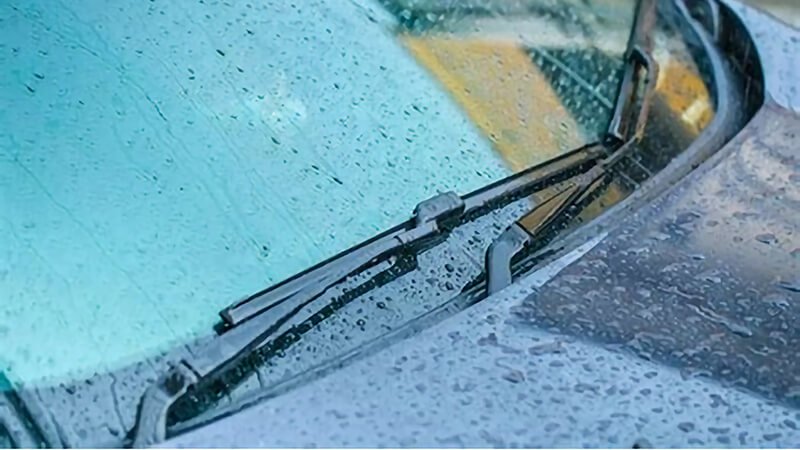
Are All Car Windshield Wipers the Same?
You might wonder if all car windshield wipers are the same. While the functionality may appear to be similar across different vehicles, the design, material, and size of wipers vary significantly depending on the model and manufacturer.
No, not all car windshield wipers are the same. They vary by size, material, and design, based on the make and model of the vehicle. Additionally, factors such as driving conditions and environmental factors can influence the choice of wiper blades.
Windshield wipers come in different designs and materials to suit the specific needs of each vehicle and driving condition. Here's how they differ:
-
Wiper Material:
- Rubber Wipers: The most common type, often used in standard vehicles. Rubber wipers are cost-effective but tend to wear out faster, especially in harsh conditions like extreme heat or cold.
- Silicone Wipers7: A more premium option, silicone wipers are durable and resistant to cracking and wear, making them ideal for areas with harsh weather.
- Hybrid Wipers8: These combine the best features of traditional frame-based wipers and beam blades. They are aerodynamic and provide smooth, quiet operation. Hybrid wipers are often used in high-performance vehicles.
-
Windshield Size and Design: The size of the windshield directly influences the size of the wiper blades. Larger windshields require longer blades, while smaller vehicles have shorter wipers. In addition, some windshields have a curved design, which may require specialized blades that are better suited to clear the entire surface area.
-
Climate Considerations: Depending on where you live, you may need to choose wipers that can handle specific weather conditions. In regions with heavy snowfall, for example, you may need wipers that are built to withstand the weight of snow. Some wipers come with a rubber coating that helps to prevent ice buildup.
-
Aftermarket vs. OEM Wipers9: Original Equipment Manufacturer (OEM) wipers are designed specifically for your vehicle’s make and model, ensuring a perfect fit and optimal performance. Aftermarket wipers, while often cheaper, may not fit as precisely and could offer lower quality.
| Type | Material | Durability | Ideal Conditions |
|---|---|---|---|
| Rubber Wipers | Rubber | Moderate | Standard conditions, mild weather |
| Silicone Wipers | Silicone | High | Harsh weather, high UV exposure |
| Hybrid Wipers | Rubber/Silicone | High | Performance vehicles, all-weather use |
Selecting the right wiper type based on your vehicle and climate is essential for maintaining optimal performance.

Does the Shorter Windshield Wiper Go on the Left or Right?
One common question is whether the shorter windshield wiper goes on the left or right side of the vehicle. The answer is simple: the shorter wiper typically goes on the passenger side.
Yes, the shorter windshield wiper is designed for the passenger side. This design ensures that the longer wiper on the driver’s side clears a larger section of the windshield, providing optimal visibility.
The shorter windshield wiper is specifically designed for the passenger side of the vehicle. This design serves several purposes:
-
Driver’s Visibility10: The longer wiper on the driver’s side is engineered to cover a larger portion of the windshield, ensuring that the driver has the clearest view possible. A shorter wiper on the passenger side prevents the blade from interfering with the driver’s field of view or other vehicle components, like side mirrors.
-
Windshield Design11: The passenger side of the windshield often has a more restricted area that needs to be cleared, and a shorter wiper is more than sufficient for the task. Additionally, it prevents overlap with the driver’s wiper and helps keep both blades operating efficiently.
-
Safety Considerations12: A longer wiper on the passenger side could reduce the effectiveness of the driver’s wiper, which could lead to visibility issues in adverse weather conditions. By using the correct size wiper for each side, you ensure that both sides of the windshield are cleared without interference.
| Wiper Side | Length | Purpose |
|---|---|---|
| Driver's Side | Longer | Clears larger area for better visibility and safety. |
| Passenger's Side | Shorter | Ensures efficiency and prevents obstruction. |
This ensures that both the driver and passenger have an optimal view of the road while maintaining safety and functionality.

Conclusion
In conclusion, left and right windshield wipers13 are not the same, as they are designed with different lengths to ensure optimal visibility and safety. The driver’s side wiper is longer to cover a larger area, while the passenger side wiper is shorter to avoid obstruction. Understanding this can help you make the right choices when replacing wipers and ensure better performance. Always check the correct wiper size for each side to ensure proper functionality.
-
Understanding visibility importance can enhance your knowledge of vehicle safety and design, ensuring optimal driving conditions. ↩
-
Exploring this topic reveals how design choices improve functionality and safety in vehicles, making it a valuable read. ↩
-
Learning about the impact of windshield shape on wiper design can deepen your understanding of automotive engineering and safety. ↩
-
Understanding wiper synchronization can enhance your knowledge of vehicle safety and maintenance, ensuring optimal visibility while driving. ↩
-
Exploring the design differences between wipers can help you appreciate their role in driver safety and visibility during adverse weather. ↩
-
Learning about the impact of weather on wiper performance can guide you in choosing the right wipers for your vehicle, enhancing safety. ↩
-
Explore the advantages of silicone wipers, including durability and weather resistance, to enhance your driving experience. ↩
-
Learn about hybrid wipers' unique features and benefits for high-performance vehicles, ensuring optimal visibility and safety. ↩
-
Understanding the differences can help you make an informed choice for your vehicle's wipers, ensuring better performance and fit. ↩
-
Understanding driver’s visibility is crucial for safe driving, especially in adverse weather conditions. Explore this link to learn more. ↩
-
Windshield design plays a key role in wiper efficiency and visibility. Discover insights on how design impacts performance. ↩
-
Safety considerations for windshield wipers are vital for ensuring clear visibility. Check this resource to enhance your knowledge. ↩
-
Know how Runex OEM wipers for all car brands, clicking this link to ger yours and the best price. ↩


